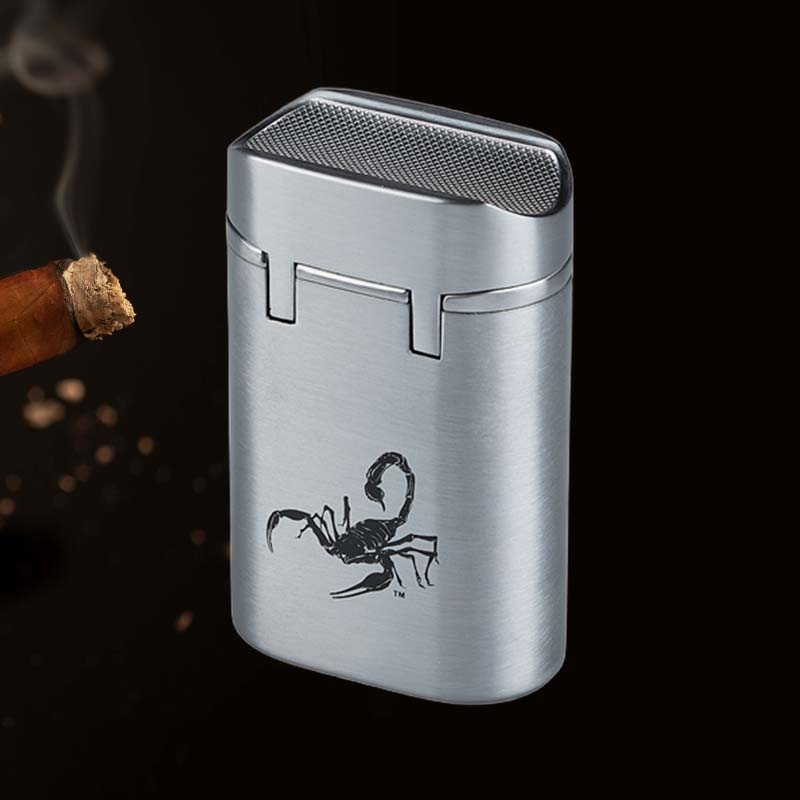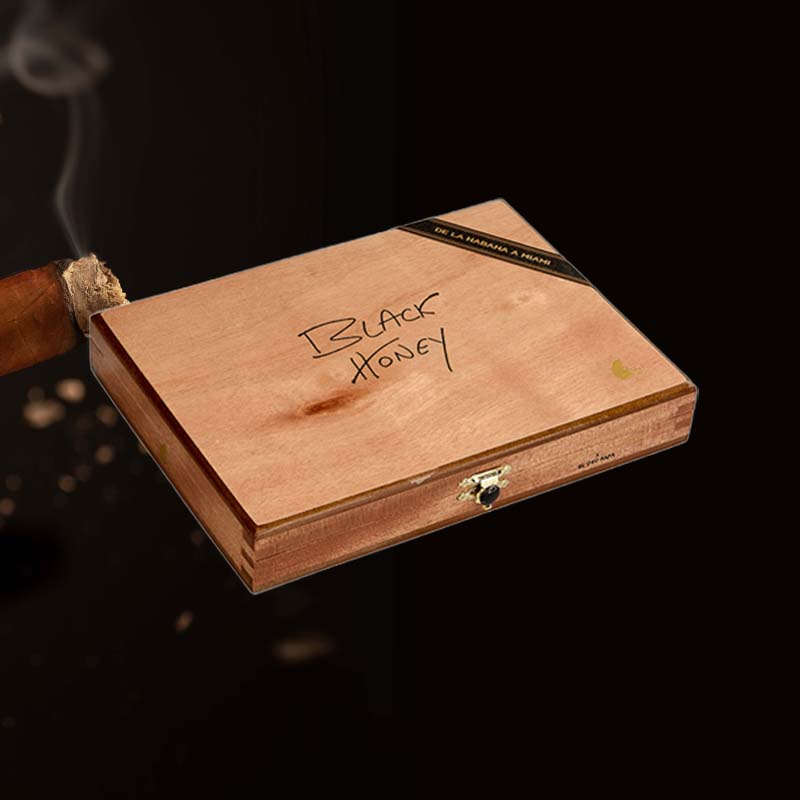How to fix the igniter on a torch lighter
Introduction: Fixing That Jet Lighter You Love
There’s something special about that trusty torch lighter you’ve had for years. Maybe it’s the way it effortlessly creates a flame, whether you’re lighting a cigar on a breezy evening or igniting a candle at home. But what happens when it stops working? I recently faced the challenge of fixing my own torch lighter, and I can assure you, it was a tedious yet fulfilling experience! Let me share how to get your igniter back in working condition.
Understanding the Importance of a Functional Igniter
A functional igniter is crucial for the reliability of your torch lighter. Without it, you might as well be carrying around a decorative object instead of a practical tool. Igniters ensure that every flick of the switch leads to that satisfying whoosh of flame, making them essential for users like us who value convenience and performance.
Step 1: Tools and Materials You’ll Need
Gathering Essential Repair Tools
- Screwdriver set (flathead and Phillips)
- Compressed air canister
- Small brush (like a toothbrush)
- Isopropyl alcohol
- Replacement piezo igniter (if needed)
Gathering these tools will help make your repair process seamless and efficient. I found that having everything in front of me made tackling each step feel less overwhelming.
Step 2: Diagnosing the Problem
Identifying Common Issues with Igniters
- No spark when the ignition button is pressed
- Irregular spark (flashing or weak flame)
- No gas release upon ignition
Before diving into repairs, take a moment to observe the issues with your lighter. Knowing what you’re dealing with allows you to address it properly.
Step 3: Disassembling Your Torch Lighter
Careful Steps to Open Your Lighter
Once you’ve diagnosed the problem, it’s time to disassemble the lighter. Here’s how I did it:
- Carefully remove the casing screws.
- Gently pry open the lighter using a flathead screwdriver.
- Be cautious of any springs or small parts that may pop out.
Step 4: Examining the Igniter Mechanism
What to Look for Inside the Lighter
Inside your lighter, focus on these areas:
- The piezo igniter—look for cracks or dirt.
- Connections—check for loose wires or corrosion.
- Gas inlet—ensure it’s not blocked.
Take your time during this inspection; little details can make a huge difference.
Step 5: Adjusting and Repairing the Igniter
Techniques to Fix Spark Issues
- Clean the igniter using compressed air and isopropyl alcohol.
- Adjust the position of the igniter if it’s loose.
- Replace the igniter entirely if it’s broken.
Each of these steps can revitalize your lighter. I was surprised how a little cleaning led to a better spark!
Step 6: Testing the Igniter
Ensuring Everything Works Smoothly
Once you’ve made adjustments, it’s time to test. Refill any gas and press the ignition button. Does it ignite? If not, revisit previous steps to ensure everything was done correctly.
Step 7: Reassembling Your Torch Lighter
Putting Everything Back Together Safely
After ensuring that everything works, it’s time to reassemble:
- Gently place all parts back into their original positions.
- Secure the screws back into the casing.
- Double-check for any leftover parts, just in case!
Common Igniter Problems
Overview of Typical Issues You May Face
Aside from no signal or spark, common problems include gas clogs and faulty connections. Understanding these can help you pinpoint the issues without guesswork.
Troubleshooting Additional Igniter Problems
Fixing Less Common Igniter Issues
If your igniter is still problematic, consider the following:
- The gas pressure might be too low, requiring a refill.
- Internal components may have wear and tear that needs replacement.
I often refer to online forums to figure out solutions for these rare situations and have found great success!
Maintenance Tips for Prolonging Igniter Life
Best Practices to Keep Your Lighter Functional
- Regularly clean the igniter to prevent dirt buildup.
- Store your lighter in a cool, dry place.
- Periodically check and replace butane to avoid pressure issues.
Following these maintenance tips can ensure that your lighter stays in top shape, ready for action whenever you need it.
Conclusion: Enjoying Your Repaired Torch Lighter
Final Thoughts on Maintaining Your Torch Lighter
Fixing the igniter on my torch lighter was more rewarding than I expected. Not only did I save money, but I also gained a new skill! So go ahead, follow these steps, and enjoy your lighter as if it were brand new. Whether you’re lighting a celebratory cigar or a cozy fire, knowing it works perfectly adds to the experience!
FAQ
Can you fix a torch igniter?
Yes, I’ve fixed my torch igniter multiple times. With the right tools and patience, it can often be repaired rather than replaced.
Why is my torch lighter not sparking?
When my torch lighter fails to spark, I typically find that the igniter is dirty or damaged. Cleaning or replacing it usually resolves the issue.
Why is my butane torch not releasing gas?
In my experience, this could be due to a clogged gas valve or low butane levels. I always check the gas first before proceeding with repairs.
How do you clean a butane torch igniter?
Cleaning a butane torch igniter involves using compressed air to blow out debris and applying isopropyl alcohol to dissolve any remaining grime.
















